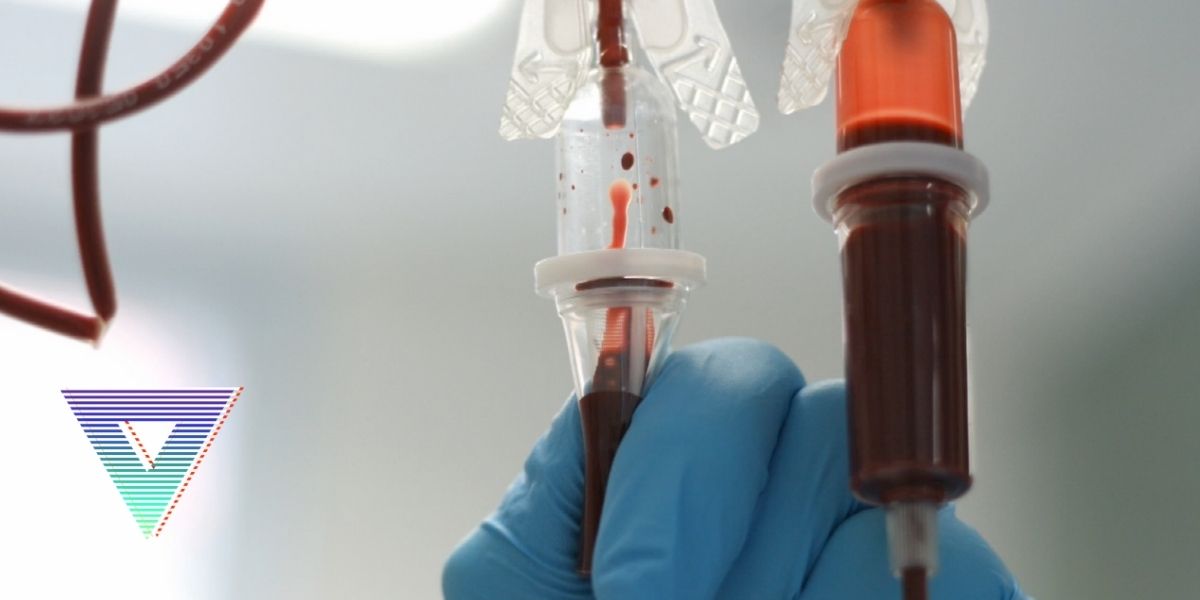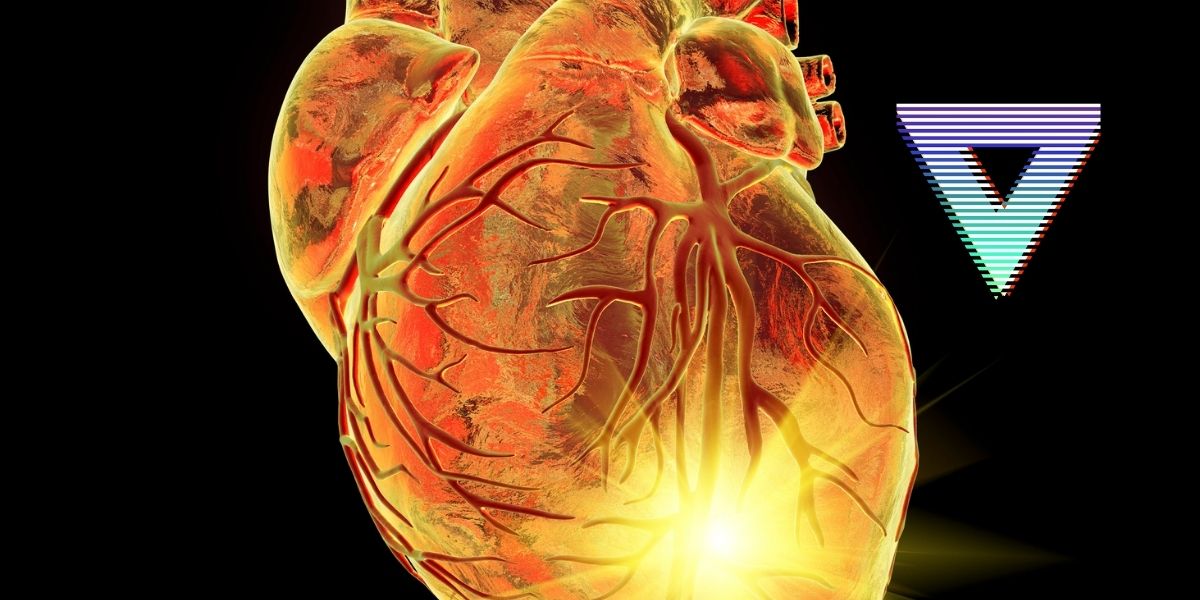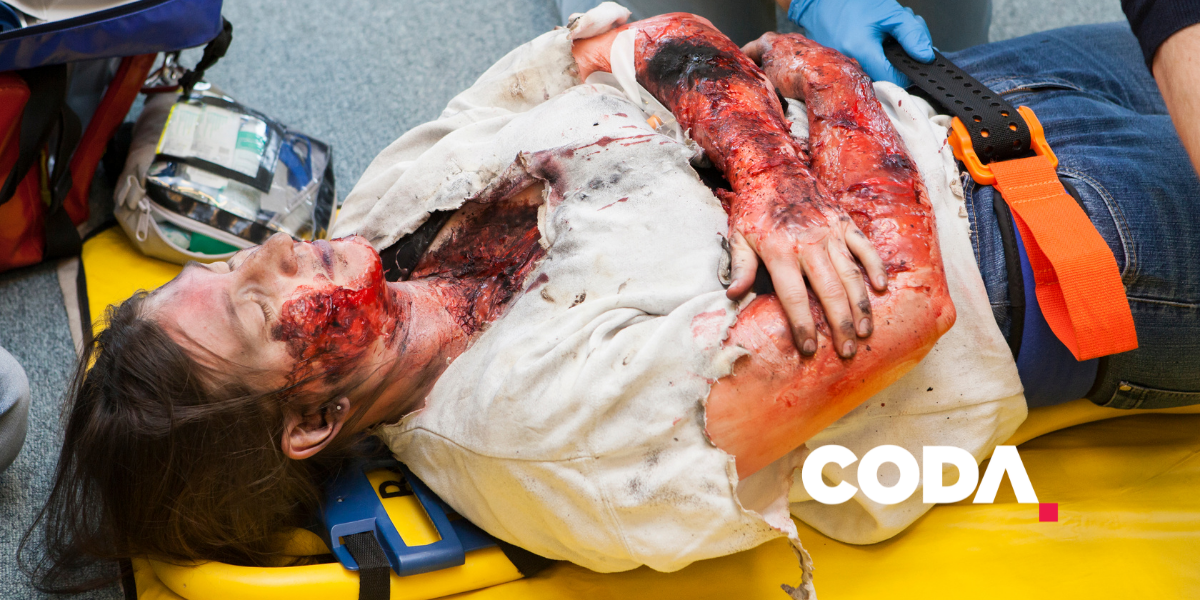From #CodaZero Live, David Carr chats with Sara Gray about treating recurrent ventricular tachycardia.
A 50-year-old male arrives in the emergency room with chest pain. Upon examination, it is clear that he is experiencing recurrent episodes of V-tach.
Defibrillation isn’t working, so what happens next?
Dr Gray talks us through what she did next and shares her advice for future cases.
Treating recurrent ventricular tachycardia with Dr Sara Gray.
For more like this, head to our podcast page. #CodaPodcast
– (David)I’m super excited. I’m super excited about the release of Carr’s Coda Clinic. I had the absolute pleasure of interviewing Sara, Tarlan and Swami and I can’t wait for you to hear the sections for those who missed it. But what I’m even more excited about is that Coda22 is back. Now, I’m hoping I have a haircut by then and I’m hoping that I’m going to see you in Melbourne on 3-6 April 2022. Book off your time, we’re working on the programme, It’s coming together. It’s going to be an unbelievable time. It’s a reunion. We all need this. We all need you to be there. So take a look at codachange.org for details. I can’t wait to see you down under in just under a year. See you soon.
Dr. Sara Gray, good friend, Intensivist, EmergeDoc, extraordinaire from Toronto. You haven’t changed. I look ridiculous, I haven’t had a haircut for 10 months. I’m wearing a cap but you know what, Sara, I want to talk to you. I understand you’ve got a case you want to share.
– (Sara) Yeah, I had this crazy case, David, so I think we should talk through it.
– (David) Hit it, let’s see what you got.
– (Sara) This guy comes into the emergency department with chest pain. He’s about 50 and he’s got a cardiac history, diabetic, hypertensive, he had a previous MI and he says he’s been having these episodes of chest pain. We’re chatting at the bedside and he’s like I’m having one now. He kind of gets diaphoretic and a bit grey, he’s clutching his chest and I look up at the monitor and he’s in V-Tach, like a good solid sustained V-Tach. So he still has a pulse, he’s still talking to me but he certainly doesn’t feel good. He’s getting pretty sweaty so we roll in the crash cart. We give him some pain meds and we cardiovert him and he goes back into sinus and he’s like, “Ooh, that didn’t feel very good”. He wasn’t very happy with my cardioversion and he stays in sinus for about a minute or so. Then he goes back into V-Tach and we zap him again. He goes back to sinus, another minute and he does it again. Now he’s getting seriously unhappy with me. He’s like, what’s your name again? I’m like, “oh, it’s Dr. David Carr,” which is my standard line but this guy is having recurrent VT right in front of me.
– (David) Did you think and I’m not up to date on the most current ACLS, but did you think about a precordial thump instead?
– (Sara) A precordial thump, yeah, you know, that’s a great idea.
– (David) I’m kidding.
– (Sara) I’m not much of a precordial thumper. Maybe I should be.
– (David) I know it’s been so long. So this guy he’s in VT storm, is that true?
– (Sara) Yeah, right, so he’s having recurrent episodes and people sort of debate the definition of VT storm but we think three or more episodes in a 24 hour period and they’ve got to be like good episodes of V-Tach where it’s lasting more than 30 seconds or it needs some therapy to convert it. So yeah, he’s in VT storm or in electrical storm, whatever term you want to use.
– (David) Do you distinguish between monomorphic, polymorphic? Is that important?
– (Sara) Yeah, you’ve got to have a look. So this guy, he was in monomorphic V-Tach. When you look at him all the QRS complexes, they’re the same height, they’re the same morphology but it does make a difference. If it’s polymorphic or torsades you’re going to treat it a little bit differently but this guy was straight up monomorphic V-Tach.
– (David) You’re the expert, tell me, dual sequential defibrillation, Is that only for VF? Can you do it in VT?
– (Sara) Yeah, so I mean nobody knows is what I would say at this stage. There’s pilot data in VF and that’s really in refractory VF arrest. In VT arrest, I might try it. This guy still had a pulse so I think we weren’t there yet but certainly the DOSE VF trials are going on now so we should have better data about this by the end of next year.
– (David) Okay, so sounds like this guy may be ischemic VT. Are there other causes, reversible causes that we need to know about?
– (Sara) Yeah, so you want to be thinking through those reversible causes. We only find a cause in about a quarter of these patients but obviously if you do find it that’s what you want to be treating. Ischemia is the big one. So you want to catch a good ECG because obviously if you have an ST-elevation MI there, you’re activating your cath lab getting your cardiologists involved earlier. You also have a look at that ECG for Brugada or for Torsades to make sure you really are clear on your diagnosis. Then the other common causes are checking the electrolytes, particularly potassium and magnesium, they can cause this. You can check the thyroid, thyrotoxicosis can do this. Some stimulant or recreational drugs could do this, so sending a tox screen might help you. You certainly want to think through those reversible causes to make sure you’re not missing anything.
– (David) So you basically electrocuted this guy, Sara. Are there any non electrical therapies? Are there any drugs at work?
– (Sara) Yeah, so you do want to be using your antiarrhythmics here and there are some options in the guidelines that you can use. It depends a bit what jurisdiction you work in and what you have available to you.
– (David) So you gave this guy Proc?
– (Sara) Yeah, so I hang Proc on him and in the meantime, he’s still going in and out of V-Tach. I’m still shocking him. I hang the Proc, it’s going to be up there for 20 minutes. It’s not my magic bullet that’s working for me immediately. He’s getting pretty tired of being recurrently shocked.
– (David) The Proc, did it work?
– (Sara) No, no, it didn’t work.
– (David) So what do you do?
– (Sara) Right, so I’m at the bedside like, “what else can I do for this poor guy?” I’ve sent his lights and things but obviously there’s a bit of a lag until you get those back. So the other big thing you want to think about is reducing their catecholamine surge because we know that that’s a big driver of keeping people in V-Tach. So you want to give these people analgesia and sedation to chill them right out. We had started with little bits of procedural sedation, bits of analgesia while we were cardioverting him. As he gets more and more uncomfortable, I’m turning those doses up and up. I am, let’s be honest, hoping he has a little bit of amnesia here and doesn’t really remember how much this is hurting him. One of the options is actually to sedate people so deeply that you intubate them and snow them and that’s where we went with this guy. We actually intubated him.
– (David) You are such an intensivist. Of course you intubated him. I would have just shocked him and shocked him and shocked him and been more of a cowboy or cowgirl.
– (Sara) I mean, I intubate all of my ankle sprains too. So don’t worry, that’s just what I do (laughing).
– (David) So, you did your catecholamine thing. It worked, you were done?
– (Sara) No, no. So this is the sad part, especially as an intensivist, my intubation did not fix him. You still need more, I’m sedating him, I’m shocking him, my Procainamide’s running, I’ve snowed him, I’ve intubated him and now I’m down to my last move really, which is Esmolol. So Esmolol’s a selective beta one, beta blocker. Short onset, nice quick half-life, so it’s going to go away fast if it’s not working and we decide at this stage to try it. There isn’t great data for this in V-Tach, the data that’s out there is pretty small studies and it’s mostly for VF but the physiology makes sense so we decided to give it a whirl.
– (David) And? You get it?
– (Sara) And it worked and it’s right, hooray! So the key here with the Esmolol, you got to think about this dosing in advance because most people write it down as this microgram dosing, right? So 500 micrograms per kilo and I’d always memorised that dose. Then I vividly remember the first time I’m doing this at the bedside. I’m thinking, okay, 500 micrograms per kilo, and this guy’s 70 kilos. So that’s 35,000 micrograms and I say out loud to the nurse like I want 35,000 micrograms and she looks at me like I’m insane. I feel a little bit insane. While you’re all stressed out in this resuscitation, like my math is not that good. So now I just remember it in milligrams, which is in fact how it’s dosed on our file. So that’s a bit easier for me. It’s worth checking at your place how it’s dosed but you just use 0.5 milligrams per kilo, so much easier. Then I’m ordering him a 35 milligram bolus and you can put that up pretty quick and then you can run an infusion at 10% of that dose. So for a 70 kilo guy, your infusion is going at 3.5 milligrams per minute and that dosing just makes much more sense to my brain. When we put that up, it actually worked, it slowed him down and he went up to the ICU, he got his full cardiac workup, he got his cath. He did quite well in the end, I went up to visit him to make sure he wasn’t too mad at me and he remembered very little. Maybe he was just being gracious about it, you never know, but we were friends in the end.
– (David) Fantastic case. The math kind of sounds like you’re converting Pesos to Canadian dollars but I won’t even go there. Sara, put this talk together, give me some pearls, give the listeners something to remember this talk by, maybe four or five pearls. What you got?
– (Sara) Okay, so you’ve got your person in recurrent VT. You’re obviously shocking them while they still have a pulse, that synchronised cardioversion, right? You want to look for the reversible causes. So looking at a good ECG early is key to make sure it’s monomorphic, make sure you’re not missing ischemia. Then you want to look for the reversible causes, check their lights, make sure you’re not missing something there, you want either Procainamide or Amiodarone, I think are the two most common antiarrhythmics used but check in your local place what you have available to you. So you know what you’re going to ask for. Sedation and analgesia are not just nice for your patient in terms of making them feel good, they’re actually really useful in reducing that catecholamine surge. Then last but not least, think about Esmolol. It can make all the difference.
– (David) Fantastic pearls. It’s wonderful to see you. I just want to make one final plug. I listened to Voices in my Head in Berlin, DAS SMACC a few years ago, now more than ever it’s important for people to have self-compassion and listen. I’m thrilled you’re still changing practice. You’re still changing me. Thank you so much, Doctor Gray.
– (Sara) Thanks David. Bye everybody.
Sara Gray
Sara Gray works in Toronto at St. Michael Hospital. She divides her work between Emergency Medicine, Critical Care, wellness programs, public speaking and professional coaching. But her real life revolves around her family, soccer, books, puzzles, sports, travel, friends, cocktails and food. Probably in that order.
David Carr
David Carr is an Associate Professor in the Division of Emergency Medicine at the University of Toronto. He is an Emergency Physician and Clinical Investigator at the University Health Network and Mackenzie Health Hospital. He has been the recipients of multiple Undergraduate and Post Graduate Clinical Teaching awards. During the Baseball season, he works at the Roger’s Centre as the Medical director of Stadium Medicine for the Toronto Blue Jays. In 2010, he pursued his passions serving as an ER physician in the Athletes Village for the Winter Olympics in Vancouver. Since 2010, He has co- authored the chapter on Occlusive Arterial Disease in the 7-9th editions of Tintinalli’s Emergency Medicine.





